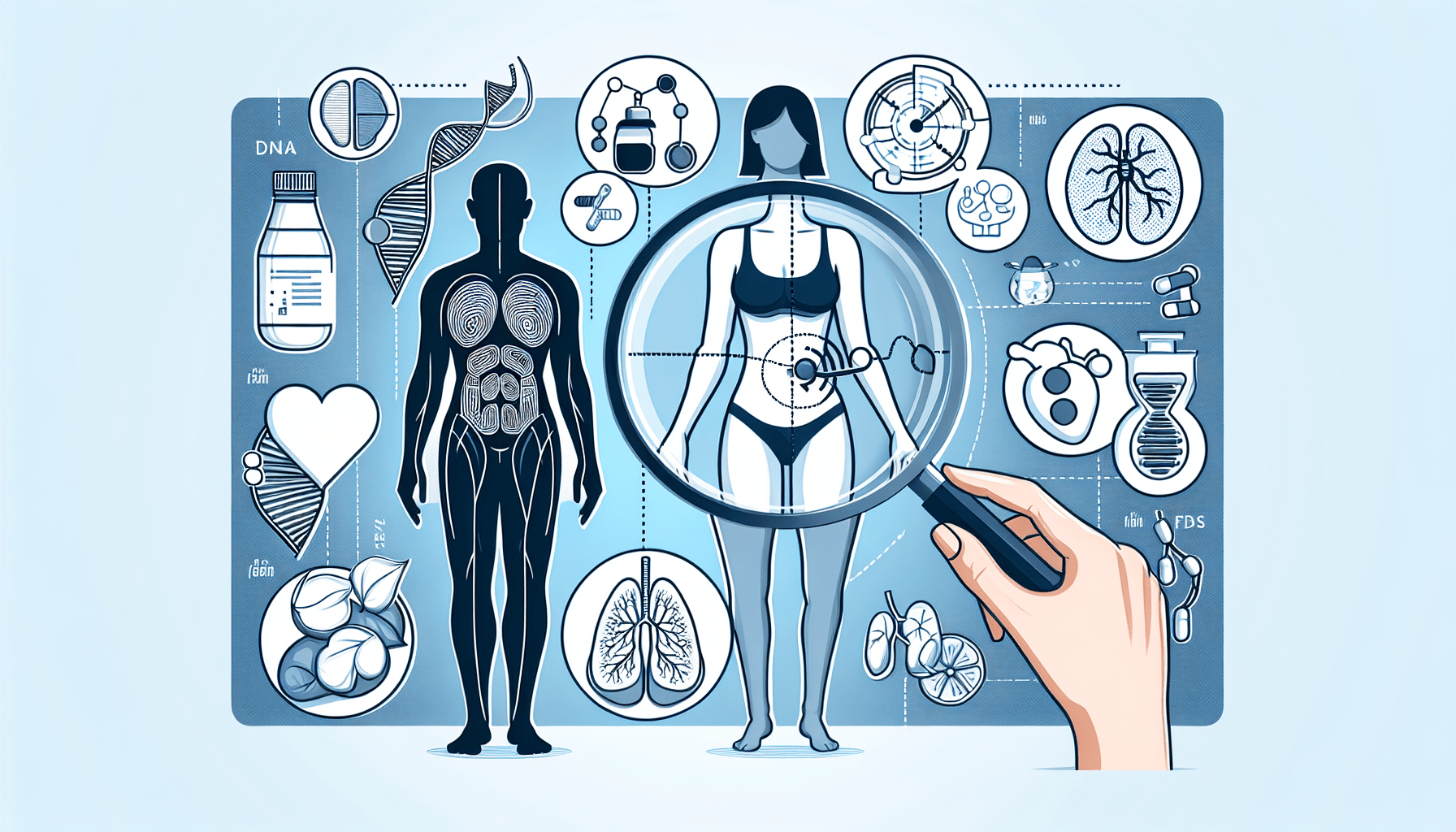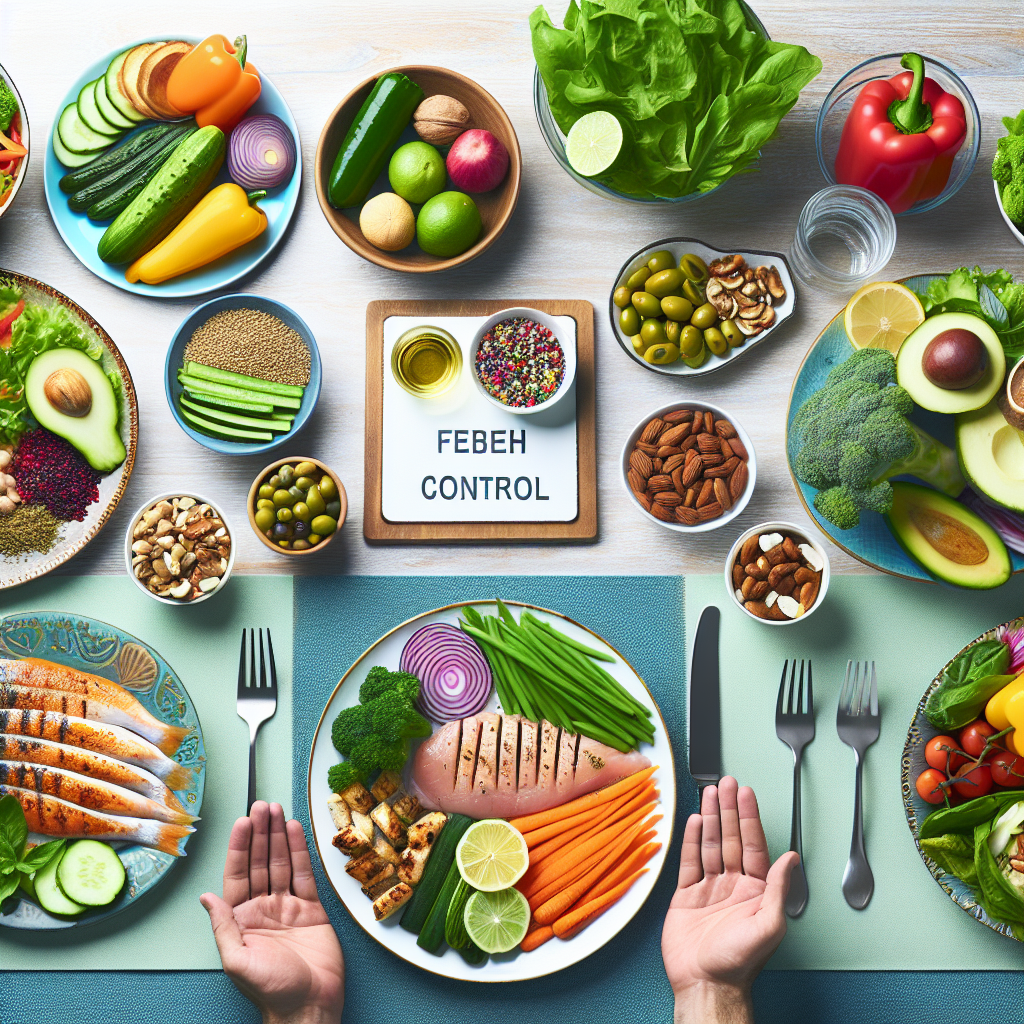Have you ever wondered if it’s possible to target fat loss in specific areas of your body? It’s a common question many people have when embarking on a weight loss journey. The answer, however, may not be what you expect. While there are exercises and strategies that can help tone certain areas, spot reduction, or the ability to solely lose fat in one particular area, is not scientifically proven. In this article, we will explore the reasons behind this and provide alternative approaches to achieve a well-balanced, healthy body.
Understanding Fat Loss
How Fat Loss Occurs
Fat loss occurs when your body burns more calories than it consumes. This creates a calorie deficit, prompting your body to utilize stored fat as an energy source. This process involves the breakdown of triglycerides, the form in which fat is stored in your cells, into free fatty acids and glycerol that can be used for energy.
The Role of Genetics
Genetics play a significant role in determining where your body stores and loses fat. Some individuals may naturally carry more fat in certain areas, such as the abdomen or hips, due to genetic factors. While you cannot control your genetic predisposition, understanding this can help you set realistic expectations for fat loss and embrace your unique body shape.
The Myth of Spot Reduction
Contrary to popular belief, spot reduction, or the idea of targeting fat loss in specific areas, is a myth. When you engage in exercises that target a specific muscle group, it can strengthen and tone the muscles in that area. However, it does not directly lead to fat loss in that particular region. Fat loss occurs throughout your entire body and is not localized to specific areas.
Impact of Exercise on Fat Loss
Overall Fat Loss
Engaging in regular exercise can contribute to overall fat loss. By increasing your activity level, you can burn more calories and create a larger calorie deficit. Cardiovascular exercises, such as jogging, swimming, or cycling, are particularly effective in burning calories and supporting fat loss.
Targeting Specific Areas
While spot reduction is not possible, incorporating strength training exercises into your workout routine can help you tone and define various muscle groups. This can create the appearance of a more sculpted physique and contribute to an overall leaner look. However, it is essential to pair strength training with cardiovascular exercises for optimal fat loss.
The Importance of Cardiovascular Exercise
Cardiovascular exercises not only help burn calories but also improve cardiovascular health and increase endurance. By elevating your heart rate through activities like running, dancing, or using cardio machines, you can improve your body’s efficiency in utilizing fat as an energy source. Aim for at least 150 minutes of moderate-intensity cardiovascular exercise per week.
The Role of Resistance Training
Resistance training, including weightlifting or bodyweight exercises, can help build lean muscle mass. Muscle tissue burns more calories at rest compared to fat tissue, contributing to an increased metabolic rate. Incorporating resistance training into your routine can, therefore, support fat loss by boosting your metabolism and improving body composition.
Diet and Fat Loss
Creating a Calorie Deficit
Diet is a crucial component of fat loss. To lose fat, you must establish a calorie deficit by consuming fewer calories than your body needs. This can be achieved through a combination of reducing calorie intake and increasing physical activity. Aim for a moderate calorie deficit of approximately 500 to 1000 calories per day for sustainable and healthy weight loss.
The Role of Macronutrients
Macronutrients, including carbohydrates, proteins, and fats, play a vital role in fat loss. It is important to strike a balance and consume an appropriate amount of each macronutrient to support your goals. Carbohydrates provide energy, proteins support muscle development and repair, and fats are essential for various bodily functions.
The Significance of Protein
Protein is particularly important for fat loss as it helps preserve lean muscle mass and promotes satiety. Including protein-rich foods such as lean meats, poultry, fish, legumes, and dairy products in your diet can help support fat loss and prevent muscle breakdown. Aim for approximately 0.8 to 1 gram of protein per pound of body weight.
Spot Reduction and Nutrition
Just as targeting fat loss in specific areas through exercise is not possible, spot reduction through nutrition is also a misconception. Consuming specific foods or supplements will not directly result in fat loss in particular areas. Instead, focusing on overall healthy eating patterns, balanced macronutrient ratios, and a sustainable calorie deficit is key to achieving overall fat loss.

Role of Hormones in Fat Loss
Insulin and Fat Storage
Insulin, a hormone produced by the pancreas, plays a significant role in fat storage. When you consume carbohydrates, your body breaks them down into glucose, causing a rise in blood sugar levels. Insulin is released to help regulate blood sugar levels by storing excess glucose as glycogen or converting it into fat for future energy use. To optimize fat loss, it is important to manage insulin levels by consuming complex carbohydrates and avoiding excessive sugar intake.
Cortisol and Fat Distribution
Cortisol, often referred to as the stress hormone, can affect fat distribution in the body. Chronic stress can lead to elevated cortisol levels, which may result in increased fat storage around the abdomen. Managing stress through techniques such as mindfulness, exercise, and adequate sleep can help regulate cortisol levels and support healthy fat distribution.
Effects of Estrogen and Testosterone
Estrogen and testosterone, the primary sex hormones in females and males respectively, can influence fat distribution. Females tend to carry more fat in the hips and thighs due to the influence of estrogen. On the other hand, males typically store more fat in the abdominal area due to higher testosterone levels. While these hormones do affect fat storage patterns, overall fat loss is still achieved through a combination of exercise, diet, and lifestyle factors.
Techniques for Targeting Specific Areas
Understanding Body Composition
To target specific areas of your body, it is important to understand your body composition. Body composition refers to the proportion of lean muscle mass, fat mass, and other tissues in your body. By assessing your body composition through methods such as body fat percentage measurements or DEXA scans, you can identify areas that may require more attention and tailor your exercise and nutrition regimen accordingly.
Applying Bodyweight Exercises
Bodyweight exercises, such as squats, lunges, push-ups, and planks, can be effective in targeting specific muscle groups. These exercises engage multiple muscles simultaneously and can help tone and strengthen specific areas. Incorporating bodyweight exercises into your routine can contribute to overall fat loss and muscle definition.
Isolation Exercises for Specific Areas
Isolation exercises specifically target individual muscle groups and can be beneficial for enhancing muscle definition. For example, bicep curls or tricep dips can help tone the arms, while leg presses or calf raises can target the lower body. While these exercises do not directly lead to fat loss in the targeted areas, they can contribute to muscle development and a more sculpted appearance.
Using Resistance Bands or Weights
Incorporating resistance bands or weights into your strength training routine can further enhance muscle development and definition. Resistance bands provide varying levels of resistance, allowing you to modify the intensity of your workouts. Free weights, such as dumbbells or barbells, can also be used to add resistance and challenge your muscles. Including these tools in your workouts can help target specific areas and promote fat loss.
Challenges and Limitations
Body Shape and Genetic Factors
It is important to recognize that body shape and genetic factors significantly influence fat distribution and overall appearance. Some individuals may naturally have a pear-shaped body, while others may have an apple-shaped body. While fat loss is achievable for everyone, it is vital to understand that your body’s natural tendencies may impact how fat loss occurs and how certain areas respond to exercise and nutrition.
Time and Consistency
Fat loss is a journey that requires time, patience, and consistency. It is unrealistic to expect significant changes overnight or within a short period. Sustainable fat loss occurs gradually as you create a consistent calorie deficit and engage in regular exercise. Celebrate small victories along the way and stay committed to your long-term goals.
Understanding Unrealistic Expectations
The media and societal pressures often create unrealistic expectations for body shape and size. It is important to remember that everyone’s body is unique and that comparison can be detrimental to your mental and physical well-being. Embrace your individuality and focus on achieving a healthy, balanced lifestyle rather than striving for a specific appearance that may not be attainable or healthy for you.
Healthy Approaches to Fat Loss
Focusing on Overall Health
Instead of solely focusing on fat loss, prioritize overall health and wellness. Adopting a lifestyle that includes regular exercise, balanced nutrition, adequate sleep, and stress management can not only support fat loss but also improve your overall quality of life. Emphasize habits that promote physical and mental well-being to achieve sustainable and long-lasting results.
Avoiding Crash Diets
Crash diets, which involve severely restricting calorie intake, often result in rapid weight loss but are not sustainable or healthy in the long run. These diets can lead to muscle loss, nutrient deficiencies, and a slower metabolism. Instead, opt for a balanced approach that incorporates a variety of whole foods, promotes proper portion control, and allows for flexibility and enjoyment in your eating habits.
Balanced Approach to Exercise and Nutrition
Combining regular exercise with a balanced diet is the key to healthy fat loss. Engage in a combination of cardiovascular exercises, strength training, and flexibility activities to support fat burning, muscle development, and overall fitness. Pair your workouts with a nutrient-rich diet that provides adequate energy and essential nutrients to fuel your body and support your active lifestyle.
Consulting Professionals
Benefits of Seeking Expert Advice
If you are unsure about how to approach fat loss, seeking guidance from professionals such as personal trainers and nutritionists can be immensely beneficial. These experts can assess your individual needs, tailor exercise and nutrition plans to your goals, and provide ongoing support and accountability. They can also educate you on proper form, nutrition principles, and help you avoid common pitfalls.
Personal Trainers and Nutritionists
Personal trainers are knowledgeable in designing exercise programs that target specific areas while considering overall fat loss. They can guide you in proper form and technique, create workout plans, and provide motivation and support. Nutritionists can assess your nutritional needs, create personalized meal plans, and help you establish healthy eating habits that support fat loss and overall well-being.
Embracing Body Positivity
Appreciating Body Diversity
Embracing body positivity involves appreciating and valuing bodies of all shapes, sizes, and appearances. Recognize that beauty comes in various forms, and your worth is not determined by your body’s shape or size. Adopting a positive body image can contribute to improved mental health and self-esteem, allowing you to approach fat loss and overall well-being from a place of self-love and acceptance.
Celebrating Non-scale Victories
Fat loss should not be solely measured by the number on the scale. Celebrate non-scale victories, such as increased energy levels, improved mood, enhanced strength, and better endurance. These achievements are just as important in reflecting your progress and overall well-being as any numerical measurement.
Mental Health and Positive Self-image
Your mental health and self-image play integral roles in your fat loss journey. Nurture your mental well-being by practicing self-care, engaging in stress-reducing activities, and surrounding yourself with a supportive community. Developing a positive self-image can contribute to long-term success and help you maintain a healthy attitude towards your body and overall well-being.
Conclusion
Accepting individual differences and understanding the science behind fat loss are essential in prioritizing overall health and wellness. While spot reduction is a myth, incorporating a combination of cardiovascular exercises, resistance training, and a balanced diet can support overall fat loss and muscle development. Recognize the role of genetics, hormones, and body composition in fat distribution, and set realistic goals based on your unique needs. Remember to consult professionals for guidance, embrace body positivity, and prioritize your mental health throughout your fat loss journey.




